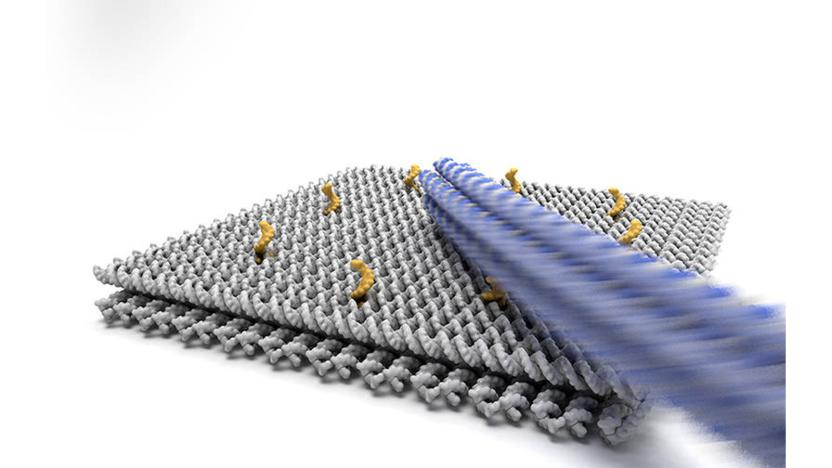nanofabrication
Latest

Speedy DNA nanorobot could lead to molecular factories
DNA-based robots promise all kinds of microscopic machinery, but there's a major obstacle: they're slow. Existing designs that use biochemical processes for movement can take hours to shuffle molecules around, which makes them utterly impractical for anything time sensitive. That might not a hurdle for much longer. Scientists have developed a DNA nanorobot (specifically, an arm) that uses electric fields to move a whopping 100,000 times faster than previous examples, even though it's based on straightforward concepts.

Self-assembling nanodevices could advance medicine one tiny leap at a time
Seems like Harvard wasn't content with making robotic bees, and has taken its quest for miniaturization right down to the nanoscale level. One nanometer-wide, single-stranded DNA molecules are the topic of the university's latest research, which sets out a way they can be used to create "3D prestressed tensegrity structures." Should these theoretical scribblings ever pan out in the real world, we could see the resulting self-assembled nanodevices facilitating drug delivery targeted directly at the diseased cells, and even the reprogramming of human stem cells. Infusing a nanodevice with the relevant DNA data passes instructions on to your stem cells, which consequently turn into, for example, new bone tissue or neurons to augment your fleshy CPU. Yes, we're kinda freaked out, but what's cooler than being able to say you're going to the doctor for a shot of nanotransformers?
